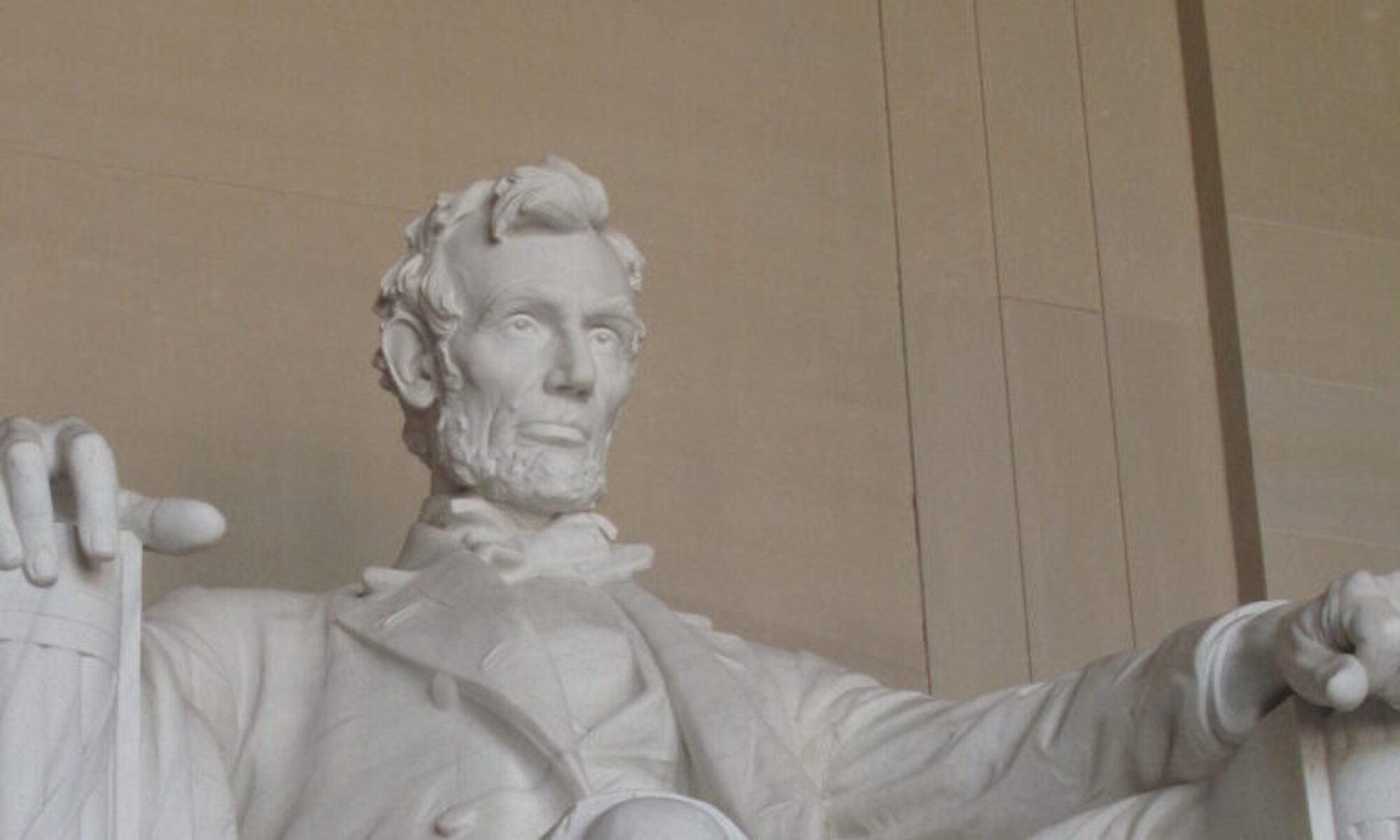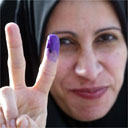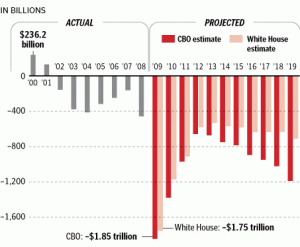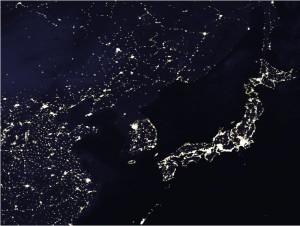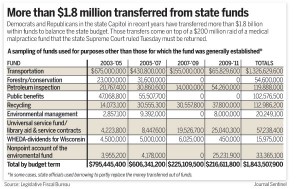Two relatively unknown heroes are emerging onto the American political stage. One is pugnacious, willful, and admits to a “weight problem”, the other is short, balding, thin, and prefers motorcycles to cars. Neither projects the stature of our current President, lacking the photogenic lines, baritone voice, and soaring rhetoric associated with our cinema influenced view as to how the perfect leader should present. They share in common truly only one thing – in an age of adolescent politics, they govern as adults.
Governors Chris Christie of New Jersey and Mitch Daniels of Indiana are presenting real difficulties to the reactionary governmentalists who like to paint every intellectual response to governance not including more government as somehow racist, uncaring, lacking in vision, or simply undoable in today’s complex world. The rabid attacks on each have somehow only seemed to reinforce their “adult” presence and popularity to the bewilderment of the governmentalists, to whom these tactics have always worked before.
The basic premise of governmentalist or statist logic has always been the assumption of the American society’s need for personal security. The need is first dressed in the form of a means of support during down times. Its continuous presence becomes a part of the society’s fabric and the temporary need becomes the assumed entitlement. The statist confirms inevitable growth of individual control by reminding the individual of a terrible world where the security blanket would be removed and the painful realities of life destroying the comfortable existence the individual must be entitled to. It is the story of the cookie jar. The young child has a problem; he wants a cookie, because he is hungry for something sweet. One cookie is provided because cookies are available and hunger is evil. One cookie does not seem to be enough to fill his hunger, and the child asks for more cookies. The cookie jar is filled with more cookies, but no amount of cookies seems to assuage the child’s hunger. At the end, the child cries, looks longingly into the empty cookie jar, and states, ” Now I have two problems – I am still hungry, and now I am fat.”
The adult answers for government are outlined by the two gentleman in different ways tempered for their local population and specific “cookie jar” problems. In his excellent essay on the two governors, Rick Moran goes into detail regarding the specific approaches used. The adult style of governance has some electoral legs but it is yet unclear as to whether the performance of these two politicians under very trying circumstances is looked upon as revolutionary by the voting public, or merely refreshing. Neither has yet declared a desire to take these principles to a higher plane, but neither has denied the possibility. Given the size and scope of our national cookie jar sized problems, its going to have to take someone with real adult sized mentalities to begin the process of educating the public that here is a perfectly good life feasible without cookies – and freer for the individual, without the hunger, and without the oppressive fat.
